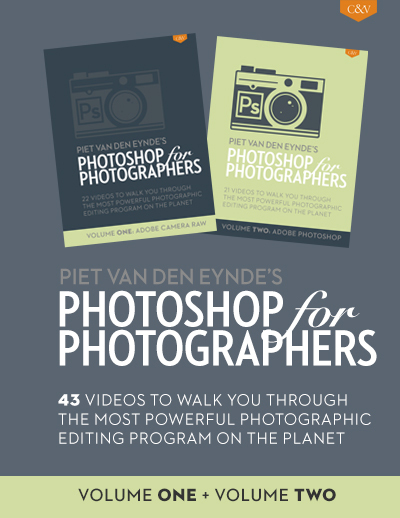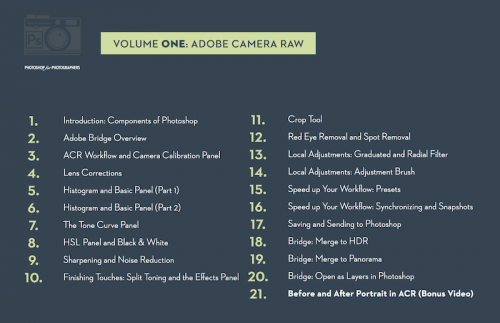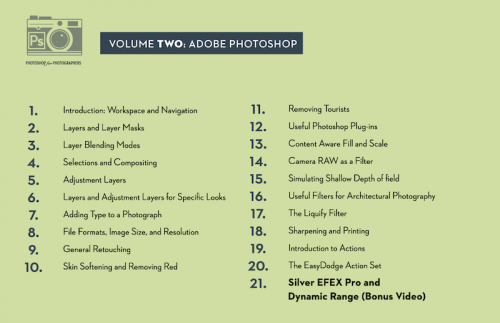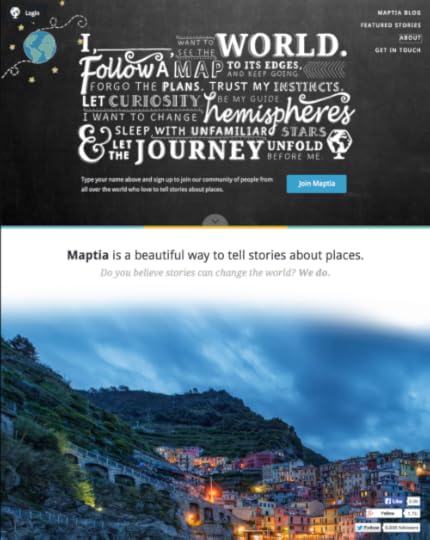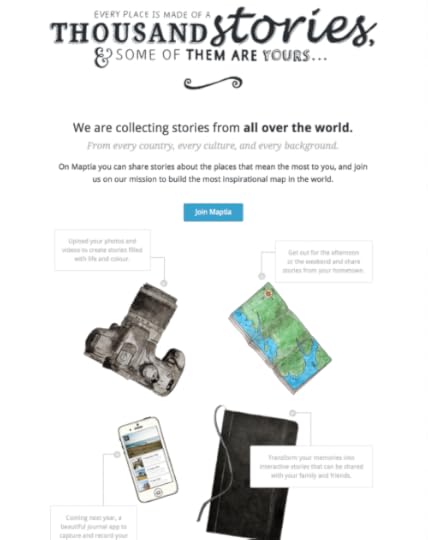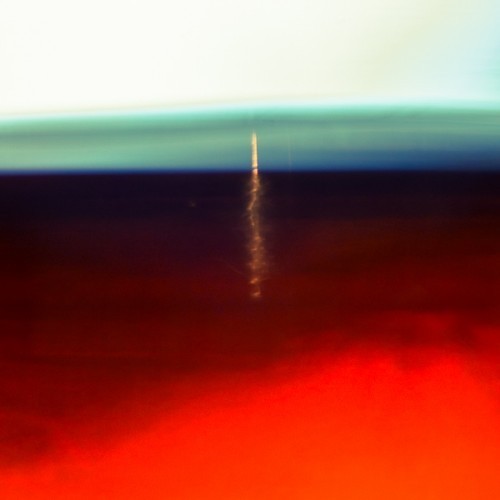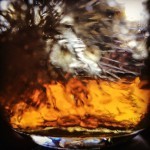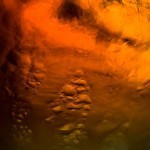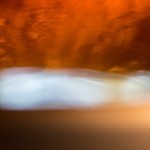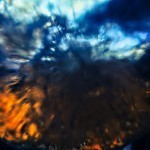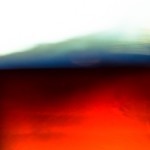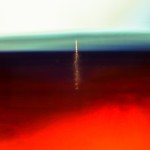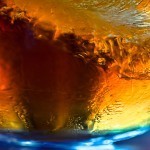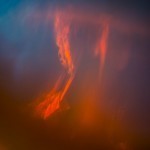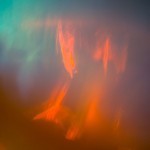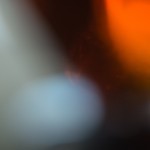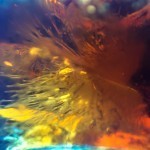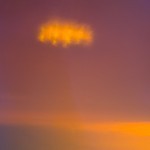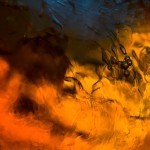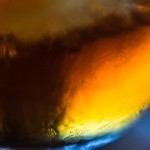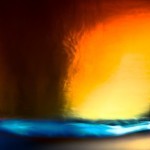David duChemin's Blog, page 24
July 29, 2014
Photoshop for Photographers
My friend Piet has just sent us the final files for Photoshop for Photographers, Volume One and Two. All told he’s given us over 7 hours of teaching in 42 videos, that will teach you more than you thought you needed to know about Photoshop.
In these videos, all around 10 minutes in length, you’ll be guided through the essentials on what remains the most powerful photographic editing software on the planet. In Volume One he walks you through Adobe Camera Raw (ACR) and in Volume Two, through Adobe Photoshop.
As always, he is clear and concise, and has found – yet again – a way to show me just how much I really don’t know about a program I consider myself fluent in. This isn’t a video for advanced power users, but for photographers who want a better grasp of the most useful tools for photographers who want to make something more refined, and in line with their vision, out of their raw files. And speaking of files, Piet has included a full set of exercise files so you can download and work on the same images Piet uses in his tutorials.
There’s too much for me to outline here, but you can view the full contents for Volume One and Two by clicking the images below.
The Photoshop for Photographers Bundle is available for the next 7 days for a special price of $30 (that’s 40% off in comparison to buying both Volume One and Volume Two separately – $25 each).

July 28, 2014
A Beautiful Way to Tell Stories
The first thing I noticed about Maptia was the manifesto, one I can buy into with my whole heart. I, David duChemin, want to see the world. Follow a map to its edges, and keep going. Forgo the plans. Trust my instincts. Let curiosity be my guide. I want to change hemispheres & sleep with unfamiliar stars and let the journey unfold before me.
Indeed.
If you want to learn to tell stronger visual stories, you need to study them. Maptia is an amazing place for that. A place to learn, to be inspired to go to the edges, and a place – and here’s what I am most excited about – to share our stories.
If you’ve heard my sermons before, you know I believe we’re living in unique days, days where the old gatekeepers who granted us, or denied us, the chance to tell our stories and show our work to the world, are passing on. It’s high time. People are building stages where stories can be told without the old obstacles, and the more beautiful, intelligent, and welcoming those stages, the better. Maptia is building a really great stage.
Take a moment today, especially for those of you that travel, tell stories, and want to nurture the spirit of adventure within, to browse the blog on Maptia, and to read some of the stories on the site.
July 21, 2014
Know Your Rhythm
Every person I know—whether they identify as creative or not—goes through ups and downs, though I think the self-identifying creative or artist can feel it more acutely, as though our creative life rides on top of the water and rises and falls with the waves. We experience brilliant highs and depressing lows. When the wind kicks up and the ocean is wild, the highs are higher, and we feel glorious, unstoppable, and they crash harder, the glory gone. Stopped.
What helps is not looking too closely at the wave, but at the ocean itself. Pull back, look at the water from a hill ten miles distant and the water looks smooth as glass – as your creative life does, or will, from a distance. The dips and peaks evened out. This helps not because it makes one bit of difference when you’re at the bottom of a wave cycle and you feel like you’ve made your last good, beautiful, photograph or written your last honest word. It helps because it allows us to understand the cycle, to use it, to ride out the waves, even building momentum.
Our creative life, the very nature of how most of us work internally, is rhythmic. Brilliant creativity is unsustainable day-to-day. A wave that has a high, but is not flanked by lows, is not a wave: it’s placid water. No lows, but no highs, either. We have a word for it in the creative world – mediocrity. In his book, The Accidental Creative, Todd Henry says, “Mediocrity is a high price to pay for a lifetime of safety.” You can’t have this creative life, ask for the highs, and never get the lows. That doesn’t make the lows easier, but it’s nice to feel normal, isn’t it?
Creativity happens in the space between taking in and incubating as many influences as the world allows us, and the sudden rush of a newborn idea that comes into the world in a mix of hard work and joy, sweat and tears. The birth of that idea, and the execution of it, are often on the crest of the wave. They are the high points for which we live. If the high point of that wave is adoration and praise, then you’re missing out. Singer/songwriter Josh Ritter sings, “I’m singing for the love of it, have mercy on the man who sings to be adored.” Russian actor (and originator of Method acting) Konstantin Stanislavsky, said, “Love the art in yourself, not yourself in the art.” But that’s a digression, not really my point.
My long-winded point is this: it’s in the lows of the wave where we feed inspiration. If we are conscious of the shape of the wave and the way our process works, we know that wave will crest again. What we do at the bottom of the wave determines how much momentum we have at the top. We can spend that time being depressed and feeling sorry for ourselves, or we can feed the muse, take our Sabbath rest. We can go to the museum, the gallery, the coffee shop, the library, the theatre, or wherever it is you find your own paint stirred. Forget how you’ve suddenly lost your brilliance. Go find the brilliance of others and let it feed your soul. Go be with your family, read a book, and then, most importantly, do the work. Don’t set your camera down simply because inspiration hasn’t yet come.
Riding these waves gets more predictable the longer you do it; you see the rhythm in it, you begin to know your process. I will often mumble this to myself in the lows, when I am doing the work and my Muse (wretched, unreliable, prodigal Muse, where the hell is she?!) is nowhere in sight. “Trust your process, David. It’ll come.” and I keep working, mumbling other things, less savory and less family-rated things, but I keep at it, and the movement of the wave carries me forward, pulls me upward, as it always does, and I begin to get excited about what I might find at the top, and I get more grateful for the Muse (wonderful, reliable, always-present Muse!).
Be conscious of the highs and lows and give yourself the grace to learn to ride those waves. It’s easy to write about it, sitting here myself when the wave feels high and strong. But when we are in the lowest parts, thrashing about and choking on the surf, it doesn’t feel like an inevitable part of our rhythm. It sure as hell doesn’t feel like part of a process that will again pull us back to the crest of the wave. It feels lonely and dark and uninspired and every single person I know goes through it, those creating work that is the most personal, that feels the most as if everything is on the line, feel it the most. There’s no way around it but through it. But if you can hold on to a little perspective, recall the way this cycle has resolved in the past, it can give you hope. And when the lows are so low you feel your soul is about to drown, it helps a little to know that you’re in the innermost cave again, and this is where you do the hard battle. Will it help if I tell you now that your art will be better for it, and your story stronger? I doubt it. But it will be. And the surge will pull you out the way it always does. Chances are we’re both in a valley, separated by only one wave. We’ll make it. Let’s try not to swallow too much water.
*The image at the top is from Whisky Shots, a personal project I gave you a first peak at last week.
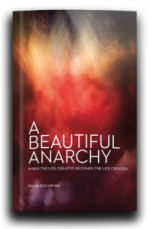 Know Your Rhythm is an excerpt from my latest book, A Beautiful Anarchy: When the Life Creative Becomes the Life Created. You can get a copy of that as a paperback (with an included PDF), as a PDF only, or as a Kindle version. You can read, or leave, reviews on the Beautiful Anarchy Blog.
Know Your Rhythm is an excerpt from my latest book, A Beautiful Anarchy: When the Life Creative Becomes the Life Created. You can get a copy of that as a paperback (with an included PDF), as a PDF only, or as a Kindle version. You can read, or leave, reviews on the Beautiful Anarchy Blog.
“A Beautiful Anarchy is a manifesto that has changed how I see the world. Read this book if you want to make more meaningful photographs and live a more complete life.”
~ Chris Orwig, author of Visual Poetry.
July 16, 2014
Whisky Shots
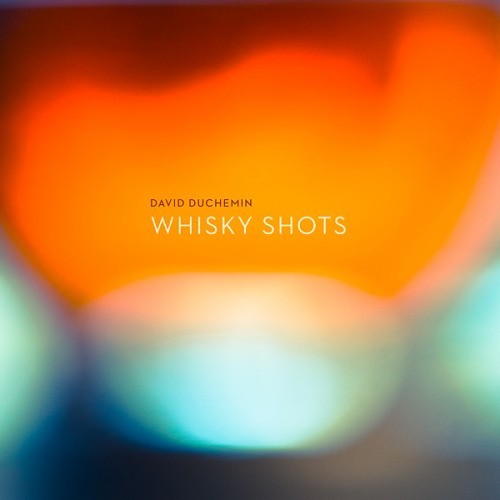
A personal project. A glass of whisky. With ice. Natural light. Minimal post-processing. Shoot what you love. Be willing to play and see things anew. There are constellations and worlds in the tiniest places if we’re willing to see them. Also helps if you don’t drink too much of the subject.
July 15, 2014
Love & Light
I don’t photograph weddings. I have shot precisely four of them, including a big Indian wedding that felt, for all 16 hours of it, that it would kill me. It takes a special kind of photographer to do that kind of gig and I’ve got nothing but respect for those that do. The best wedding photography takes killer instincts, a great eye, a love of story and moments, and a brain for logistics that I don’t remotely have. But if I were getting into weddings, I’d want Love & Light by Jen Bebb, one half of a couple that has been photographing weddings for 14 years and has been named among the top wedding photographers in the world by American Photo. Jen’s a great photographer and when it comes to weddings she’s been there done that over and over again – over 700 weddings. You couldn’t ask for a better guide to photographing weddings.
Love & Light is full of really solid wisdom, from the actual making of photographs, to shot lists, posing guides, and logistics help, it’s all there, and the book (a downloadable PDF) includes Evernote files of all the lists so you can load them onto your iPhone, iPad or Android for fast reference when you prep and shoot the day, checking things off as you go. If you don’t have Evernote, it’s a free app and the information you need to get it, and get started with it, is in the book.
Anyone can photograph a wedding, but doing it well, and doing it like a pro, isn’t easy. Love & Light gives you full access to the heart and mind of an experienced photographer and teacher, who levels the learning curve on what, who, how, where, and when to photograph during one of the most romantic, important – and un-repeatable days of your client’s lives.
Love & Light is over 120 pages long, includes full Evernote notebook files and if you pick it up before July 22 at 11:59 PM (PST) it’s yours for only CAD $10 instead of $12.
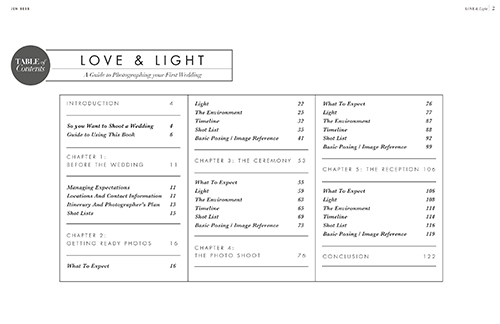

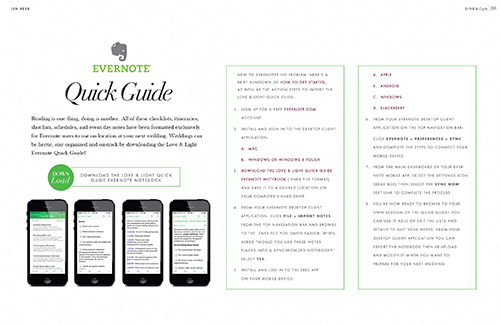
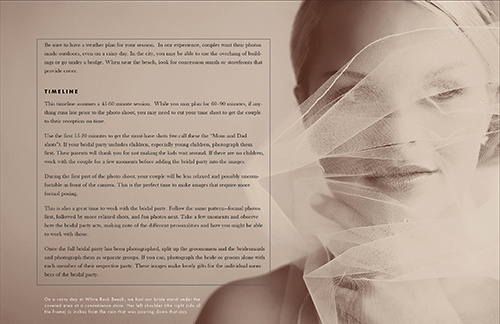
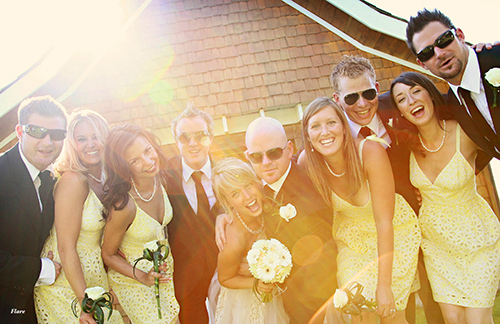
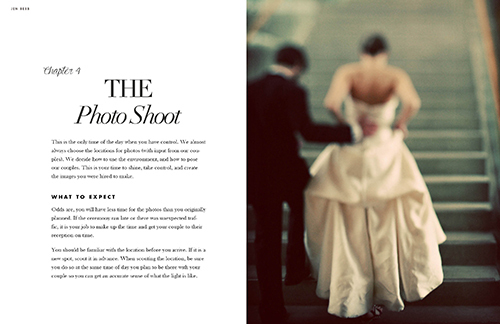
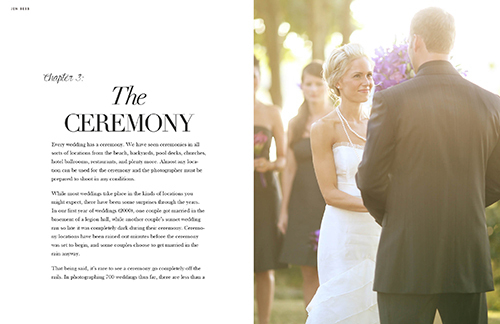
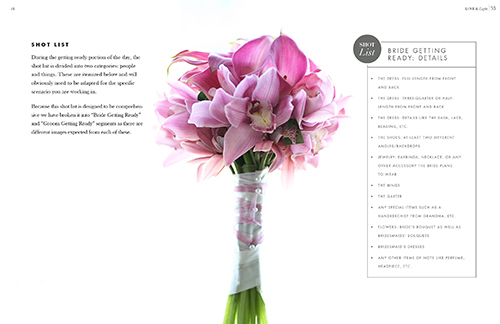

July 6, 2014
The Hunger & The Hype

I spent this morning with my coffee and Instagram, Facebook turned off for the sake of my spirit. More and more I wrestle with leaving Facebook. I’m not sure (m)any of us are wired for such a constant stream of hyperbole and hysteria. I know I’m not. It’s become so, so noisy and then I open Instagram, a social media site I long resisted, and it feels so quiet to me. I look at the work of other travelers and adventurers, people doing the things they love, and that I love and hunger to be doing. Instagram stirs that hunger in me. Maybe it’s just that I have a small, carefully chosen feed from other photographers. Maybe it’s that I don’t really read the comments. But it’s quiet. Like waking up early by a lake still covered in mist and listening to the loons, before others stir. Or maybe it just feels that way after all the noise and the “You won’t believe what happened next” and the regurgitated news.
I don’t know where I’m going with this, but I want to be hungry again, in that healthy way that is the recognition of longing. I want to be out in the wild again. I’m almost there – we leave for two and a half months in the Jeep at the end of this month. I want to be making photographs again and not just talking about making them, which I enjoy, but which does not feed my spark. And I want some quiet. Some white space in my life.
Then I discovered these: Artifact Uprising and Printstagram. I haven’t used either yet, but both can easily take your Instagram photographs and make a book, or prints, of it, and I wonder if that’s not the real potential of Instagram for me – a chance to curate and share my experiences, and then to turn those into small books – they used to call them chap books – and get my images into the real, physical world, to leave on coffee tables and enjoy without turning on another device. And all free from the noise that distracts me. A chance to focus on my hunger and not on hype. And in turn, if my work can create a hunger in others, I’ll have done my work.
What I really want, is to get back to that point where the photographs, much as I love them, are not the point. The experience is the point. The experience of being alive. Of seeing. Of making. Of sharing. And, in some way, of knowing that in doing so, the experience moves forward. Today I skipped Facebook and I looked at photographs of places I’ve been and I felt the surge of nostalgia, experiencing again the beautiful moments we all somehow forget to remember. These weren’t my photographs, but the work of others, and still they stir something in me. I want my work to do that for others. To stir a hunger.
For a long time Facebook has stirred something else in me, several something-elses, in fact, and I don’t sense any of them are good for me. Toxic is probably the word. Maybe it’s not about Facebook at all, maybe it’s just about me. I’m OK with that, too. Either way, this soul isn’t going to tend itself, and Facebook is suffocating me. I want to live outside, not online. If you’re looking for me, I’ll be here and on Instagram when I share, for the next few months.
Don’t look for brilliance here, or even a teachable moment. I just needed to say it. With all the noise of social media this has been the one place I’ve always been able to come back to and just be me. Thanks for letting me get it out. I feel better now.
July 3, 2014
Study the Masters: Magnum

When Robert Capa conceived of Magnum Photos I suspect he had no idea what it would become. Founded in 1947 by Capa and Cartier-Bresson, among several others, Magnum has become a rallying place for excellence in photojournalism. Notable members over the years include Ansel Adams, Dorothea Lange, Eve Arnold, Steve McCurry, Elliott Erwitt, Ernst Haas, Don McCullin, W. Eugene Smith, and Sebastiao Salgado, among many others.
One of the best resources I’ve found for looking at the work of these photographers is Magnum Contact Sheet. It’s one of my all-time favourites, not only for the great photography, but for what almost all the other books don’t show you – the outtakes. Magnum Contact Sheet is a killer study in context and if you’re willing to pour over the thousands of images in this book you’ll learn something about the process of making photographs that you won’t learn in many places. Many of my own students have told me how instructive it’s been when I’ve pulled back the curtain and shown the sketch images and false starts that got me to my final work, imagine being able to do this with a handful of master photographers from the last century.

Magnum Contact Sheet is a masterclass in iconic storytelling photography, and while it’s not cheap, it’s huge (508 pages, it weighs 10lbs) and will give you years of pleasure, inspiration, and – if you study it mindfully – instruction. It’s available from Amazon here.
Of course, you might be able to get this at the library, though this is one book I go back to and will always have on my shelf, but you can also find so much of the work of Magnum Photographers online with a little time spent with Google.
July 2, 2014
The Art of Exclusion

If life is short, then it follows that there is more to do in our brief, beautiful days than we could ever accomplish.
It is said that photography is the art of exclusion. What the photographer leaves out of the frame is as important as what he leaves in. Within the frame of the photograph every element pulls the eye, and though not every element demands our attention in the same way, there is only so much impact a frame can contain; the more the included elements compete for that impact, the less impact any one part of the frame can have. That is to say, the photograph is stronger for the photographer’s ability to say no.
The photographer who wants to move hearts or change minds knows that saying yes to all the possible elements and letting them all into the frame is not an act of generosity: it’s a refusal to allow the most important elements to play with the strength with which they’re capable.
No one can do it all, but the pressure to try is paralyzing. And so we say yes to a million efforts that pull us in a million directions, and say no to the most important things in our lives by our refusal to give them the time they need.
But we keep saying yes because we want our lives to have impact. We want to make a difference. We want to love others. But what impact can we have if, by diluting ourselves over a thousand trivialities and the tasks of others, we leave our work undone, or done with less than our full attention and energy? Saying no seems so selfish, but so be it. I don’t think there are many lives so full that we can’t extend ourselves generously to others, so perhaps there’s a middle ground. If you have trouble saying no to others, I want you to look around, make sure no one’s listening, and repeat after me: “I would love to help you. I’m in the middle of a project right now that requires all of my attention. I can give you an hour tomorrow.” Now say it again (this time say it for real, because I know most of you just cheated.) Does it have to be tomorrow? No. But give it some time because if it’s really truly important they’ll be glad for the help, even tomorrow, and if it’s really urgent, they’ll find someone else before then. Do your work first.
Imagine having unlimited funds. You’d give money to almost anyone that asked, wouldn’t you? But now imagine you’ve got money in your pocket but have no idea how much is there. How carefully then would you give it away? What would you choose to spend it on, and to whom or what would you say no? You can say no with a smile. You can apologize. You can be kind about it. But every demand on your time that does not serve you, your work, and the people and causes that mean the most in this world to you are asking an audacious thing when they ask, unblinking, to take a piece of your most precious commodity.
Guard your time fiercely. Be generous with it, but be intentional about it. Guard it the same way you guard your money. It’s the one resource with which we have increasingly less to do our life’s work, and to be with those we love. Say yes to those things first.
 The Art of Exclusion is an excerpt from my latest book, A Beautiful Anarchy: When the Life Creative Becomes the Life Created. You can get a copy of that as a paperback (with an included PDF), as a PDF only, or as a Kindle version. You can read, or leave, reviews on the Beautiful Anarchy Blog.
The Art of Exclusion is an excerpt from my latest book, A Beautiful Anarchy: When the Life Creative Becomes the Life Created. You can get a copy of that as a paperback (with an included PDF), as a PDF only, or as a Kindle version. You can read, or leave, reviews on the Beautiful Anarchy Blog.
“A Beautiful Anarchy is a manifesto that has changed how I see the world. Read this book if you want to make more meaningful photographs and live a more complete life.”
~ Chris Orwig, author of Visual Poetry.
June 30, 2014
Market on the Tracks, Bangkok
http://davidduchemin.com/WP/wp-content/uploads/2014/06/Train-Market.mp4
A couple years ago I was travelling through Bangkok and spent a day with photographer Gavin Gough who took me to this incredible market, right on the tracks, outside of the city. It happens fast, but it was one of the darndest things I’ve ever seen. Those of you who know me also know it’s a wonder I didn’t get run over… You might have to watch this a couple times to catch how amazing this is. Happens many times a day and they just take it all in stride.
Time lapse is for more than just clouds. A quick job in iMovie and easy enough (though I added nothing to this one) to add ambient sound, voice over, or music to, these kinds of time-lapses are a great way to tell stories. Shoot them on JPG and most cameras could keep capturing frames for quite a while.
June 29, 2014
The Adventure Resumes
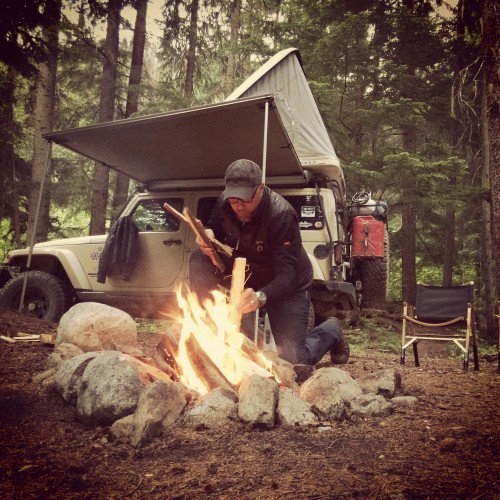
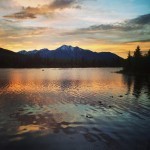
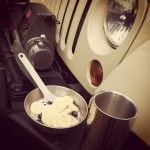
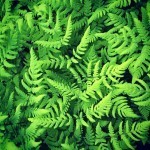
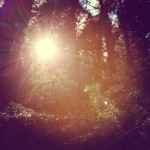
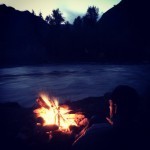


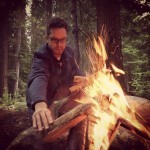

It’s been a weird few months. After an incredible adventure in January and February – Lalibela, Ethiopia, then Kenya’s Maasai Mara, then diving in Zanzibar – I came home to (yet another) foot surgery and (yet another) recovery, one I didn’t write much about because I’m getting a little self-conscious about just how many times I reference the fall in Italy that broke these feet, and the way that it has become a point of reference for almost everything in my life.
I’ve made the best use I could of this time off, writing a couple more books (and starting to get self-conscious about how many times I write the words, “So, I wrote another book.”) including A Beautiful Anarchy which has become one of the best-received books I’ve written, and one I’ll be releasing in a few months called, How to Feed a Starving Artist: A Financial Field Guide for Artists, Solopreneurs, and Other Anarchists, a book I finally found the courage to write after this article, Chains All The Same, seemed to hit the nerve it did. I’ve printed some work. I’ve read some books. And I’ve schemed, but most I’ve longed for the day I could, once again, walk again and resume my adventures beyond these four walls.
I’m almost there. I’ve done a couple camping trips in the Jeep (photos above), my ankle wobbly and uncertain, but the rest of me so glad to be out in the wild again and breathing deeply. I did my PADI Dry-Suit course so I could scuba dive in the colder water of the pacific northwest, and I’m doing my Advanced Open Water course at the end of the summer, in preparation for a week of diving up north next spring, to spend time with the giant octopus and kelp forests off the northern tip of Vancouver Island.
In a couple weeks 50 of you are joining me in Vancouver for the Created Image conference. I can’t wait to see some old friends and meet some new ones. Then a couple weeks after that Cynthia and I climb into our Jeep, Emily, and head out for what is planned to be a two and a half month trip across the country to Labrador and Newfoundland on the far east coast of Canada. I’ll be posting as much of my adventure as I can on Instagram – you can find me here – and probably Facebook if I haven’t given up on it entirely between now and then.
In November I’m spending a week and a half with the Polar Bears up north, and I’ve got a few other Canada trips planned as well – all in hopes of another fine-art book of photographs, this time from the country I’ve grown up in and loved all my life, but so seldom photograph. A lot can happen between now and then, but that’s the project that’s driving me right now – bears and octopus and the wild beauty of this astonishing country. I can’t wait to share it with you, both as I travel, and once the work is done.
Thanks so much for your patience. I know the blog posts got a little thin, and on top of that we just keep rolling out books and resources. I value you all so much, and am so grateful to have such a great community to share my work and life with. Thanks for the patience, the adventures are about to resume. I hope you’ll join me.

